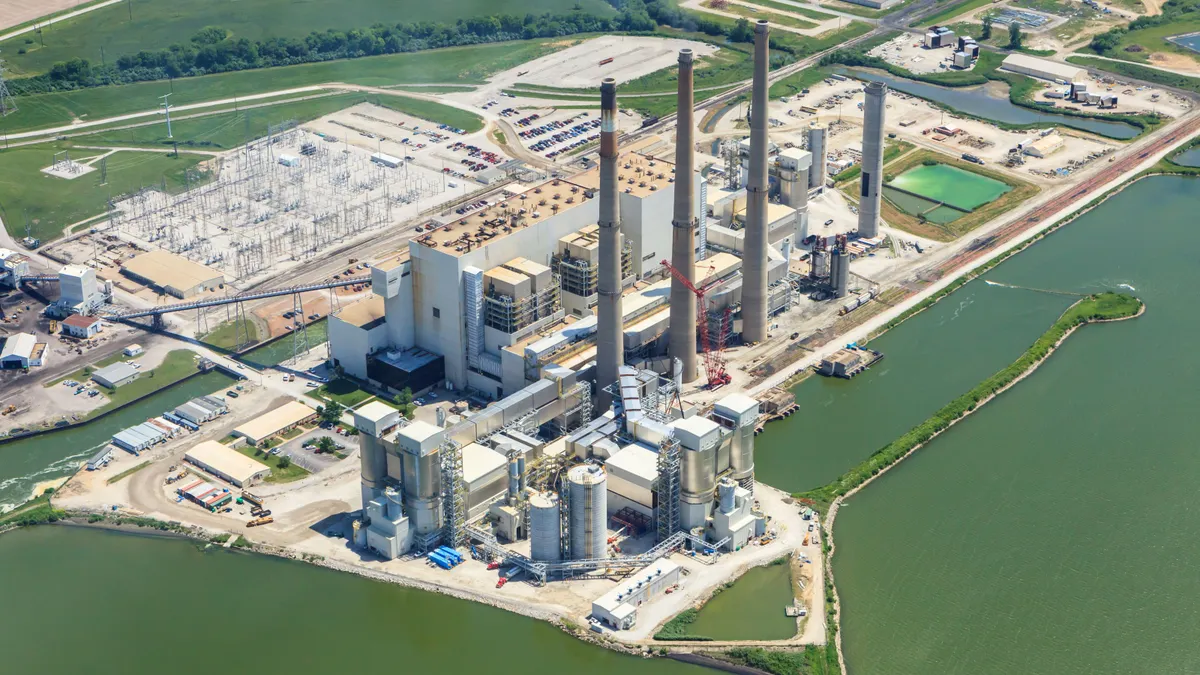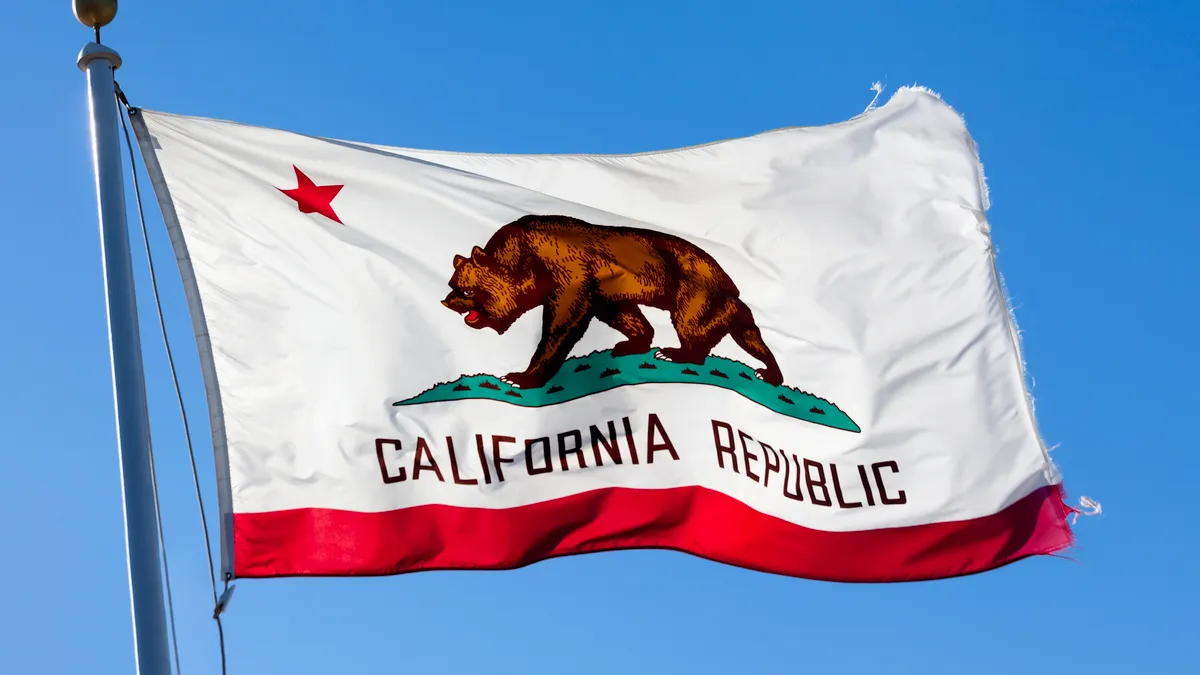Ben Nathan is director of affordability and equity at E Source
August 16, 2023, marked the first anniversary of the passage of the Inflation Reduction Act. While meaningful clean-energy progress has been made as a result, with more progress likely to follow, the legislation’s impact on the low and moderate income, or LMI, populations is still unclear.
That’s partly because implementing new laws and distributing new funding takes time, but it’s also due to the ease with which well-intentioned government spending too often benefits privileged communities at the expense of everyone else.
Not to say that the desire and funding to address real systemic issues, including energy affordability and equity, aren’t real — they are — but they are not new concepts. We’ve been trying to solve many of these issues for years with targeted programs such as the Weatherization Assistance Program, Low Income Home Energy Assistance Program, or LIHEAP, and many other well-meaning, well-funded initiatives that haven’t solved chronic unaffordability problems and the lack of clean energy infrastructure.
It's time to break this cycle.
The opportunity, challenge and obligation
Energy affordability and energy equity are separate issues, but they often intersect when decisions are being made about deploying funding for new programs and infrastructure. Affordability is generally well understood; equity is not.
Energy equity aims to minimize the negative impacts of our energy systems and maximize the benefits for everyone — especially disadvantaged and historically underserved communities. Historically, these impacts and benefits haven’t been equitably distributed.
The opportunity is to put the significant federal resources earmarked for energy affordability and equity to work effectively for vulnerable populations. It’s also the challenge. We can’t keep trying the same old approaches and expect better outcomes this time.
I’d also argue that mitigating these challenges for our fellow citizens is an obligation for those of us in the energy industry. The IRA has been described as a ‘once-in-a-lifetime’ opportunity to address clean energy and climate change. It’s also a ‘once-in-a-lifetime’ opportunity to right some past wrongs and create stronger, healthier, more resilient communities. And, by the way, it’s just good business for utilities as well.
Money alone doesn’t solve problems
If only throwing money at the problem of energy affordability and equity could solve it, we’d be in much better shape today than we are. Money is important, and required, but insufficient on its own. We also need to remain vigilant in advocating for at-risk populations and develop better processes for effectively and responsibly deploying these funds.
As we’re seeing with COVID-related funding, the opportunity to have a material impact on our communities can be recalled if we aren’t thoughtful and deliberate about putting IRA funds (and other funding sources) to work. As part of the recent debt ceiling deal, “negotiators agreed to claw back approximately $27 billion in funding” that had previously been allocated to addressing the COVID pandemic.
‘Thoughtful’ requires a lens to help inform our decisions. ‘Deliberate’ is the process of allocating and distributing resources.
Advocacy matters
One of the first acts of the new Biden administration in January of 2021 was to introduce the Justice40 initiative. An executive order, Justice40 requires that “40 percent of the overall benefits of certain Federal investments flow to disadvantaged communities that are marginalized, underserved, and overburdened by pollution.”
Justice40 recognizes the massive and destructive impact of decades of policies that were well meaning but did not consider the resulting energy equity consequences.
In the book Poverty by America, author Matthew Desmond noted: “Between 2000 and 2022, in the average American city the cost of fuel and utilities increased by 115 percent. The American poor, living as they do in the epicenter of global capitalism, have access to cheap, mass-produced goods like every American does. But what good is a toaster oven if you can’t afford the electricity to power it ….”
In our industry, with Justice40, we finally have an environmental justice lens for evaluating opportunities and choices that impact energy equity.
The environmental justice lens is an important milestone in our efforts to tackle the energy affordability and equity challenge, but again, not sufficient on its own. So, what are we missing?
We have money ($370 billion from the IRA alone) and increasing advocacy (Justice40, for example), but insufficient processes designed to achieve the desired outcomes.
Yes, it’s a process problem.
Instead of creating and marketing new programs that address piecemeal problems for low and moderate income customers, and which typically have low adoption rates, we need a new approach. We need fresh ideas to operationalize the effective allocation and deployment of potentially game-changing resources.
Better processes for better outcomes
Becoming more deliberate in our approach to solving affordability and equity challenges requires a different organizational mindset. For example, most utilities probably have several different programs targeted at low-income customers, because that is historically how we have approached these communities. Is that the right approach? Maybe, but it’s not the right question.
We should be asking how we can make it easier for customers to access these services. By taking a step back, we can develop more effective processes that have both immediate and long-term impact. Here are four things utilities can do to deploy funds in a way that improves program participation, while also benefiting families and communities:
1. Create a one-stop shop for layered solutions. From weatherization to bill-pay assistance, discount rate and arrearage management programs, a one-stop, comprehensive solution makes it easier for customers to see all the options, and layer on the programs they are eligible for. Ideally, this would start with new account set-up.
2. Enable categorical eligibility. When an LMI customer qualifies for one program, automatically trigger eligibility for other assistance programs. Even better, carry this over to other major third-party LMI programs, like Medicaid, so eligibility in one program enrolls the customer in others (LIHEAP, WIC, SNAP, etc.).
3. Enter into data-sharing agreements. When one state agency gathers LMI customer information for its programs, share those files with other assistance providers so the customer doesn’t have to re-invent the wheel every time they apply for assistance. A further goal would be to proactively identify and engage with customers before they get into debt.
4. Simplify and streamline program enrollment. Change the requirements to make it easier to enroll, including self-attestation. Consider going a step further and creating a “community-based” enrollment strategy — determining eligibility and enrolling customers based on emerging socioeconomic and demographic criteria that prioritize disadvantaged and historically underserved communities. The emphasis should be on reducing redundancy and level of effort by the customer.
If we addressed the “red tape” problem alone, making it easier and less cumbersome to access the assistance utilities already offer — and simplify and automate the application process for these programs — we could make a huge dent in the process problems that currently limit access to benefits.
Not new, but NOW
When COVID hit in 2020, just about every industry had to make changes that would have been unheard of five years ago. At the same time, an unprecedented amount of money has been pumping into our economy, with substantial sums allocated for energy issues. Between this funding and climate change, grid resilience, and energy equity issues, utilities are increasingly under the microscope.
With money and advocacy at the ready, it’s time to address our process problems once and for all with solid principles that guide decision making. We’ve identified four here — one-stop-shopping, categorical eligibility, data-sharing agreements, and simplifying and streamlining program enrollment — but there are many more. There is no more status quo: the problems are big, the challenges are hairy, and we need new, creative solutions.
This can feel overwhelming at times, despite our long history and commitment to serving all our communities, and especially LMI customers and disadvantaged communities. But we can do better, we can learn from past approaches, and we can take bold steps in pursuit of better outcomes for ALL the communities we serve.
If not now, when?






















